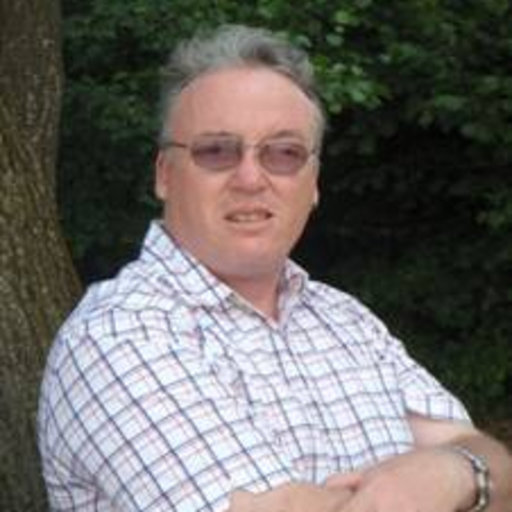
Gary Owens, PhD
University of South Australia
Senior Research Fellow Future Industries Institute
Expertise:
Environmental Chemistry and ToxicologyPhytoremediation and Heavy Metal BioavailabilitySpeciation and Computer ModelingMolecular SpectroscopyChemical EducationPhysical and Polymer Chemistryanalytical chemistry
Dr. Owens has wide and varied background in chemistry both via study and from hands on experience. His doctorate in Physical Chemistry (Polymers) was conferred in 1996. This completed several years of part-time study while working simultaneously in a range of jobs including laboratory technician (Dept. Chemistry), senior demonstrator and tutor (Dept. Chemistry), analytical chemist (Centre for Groundwater Studies), research officer (Dept. Community Medicine) and three years as a private tutor of undergraduate chemistry. In 2001 Gary joined CSIRO Land and Water and worked successfully for many years on a variety of projects before moving to the University of South Australia in 2003 as a founding member of the Centre for Environmental Risk Assessment and Remediation (CERAR).
Dr Gary Owens has been involved in research into environmental chemistry since 2001. In that time he has worked successfully on a number of widely diverse projects touching all facets of that field. This has included 1) studies into the effectiveness of phytoremediation, 2) bioaccumulation and transfer of heavy metals from biosolid amended soils to plants and aphids, 3) degradation of low molecular weight chelates, 4) reclaimed water use on the Northern Adelaide Plains, 5) evaluation of the free ion activity model, 6) beneficial recycling of used foundry sands, 7) effect of NO2 on the incidence of asthma in residents of Port Adelaide and 8) the development of several new analytical techniques, mainly utilizing capillary electrophoresis, for the speciation of metal and organic compounds. In recent years Dr Owens has become more involved in the development of novel remediation techniques, most notably for the in situ immobilization of arsenic contaminated soils and the development of in situ remediation regimes to reduce lead exposure to children.
From January 2003 until January 2013 Dr Owens was employed through the Centre for Environmental Risk Assessment and Remediation (CERAR) where his main role was as an environmental chemist/toxicologist/engineer, with specific attention directed towards, development of new techniques for the determination of metal bioavailability in environmental matrices and to develop novel and practical, cost effective in-situ and ex-situ remediation techniques for contaminated environments. He played a key role in the training of postgraduate students and assistsed in the negotiation of external contracts and completesed complex consultancies on contaminant residues in environmental samples.
In 2007 Dr Owens became the inaugural Program Director for the Masters of Applied Science (Environmnetal Risk Assessment and Remediation) which focuses on providing specialist training within the areas of environmental risk assessment, site assessment and contaminated site remediation. The program develops strong technical competencies together with the detailed knowledge required to assess and characterize contaminant risk, model the behaviour and transport of toxicants and practically implement contaminated site remediation. The program sets the benchmark qualifications for graduates wishing to pursue careers in environmental remediation. In January 2013 Dr Owens was invited to move to the Mawson Institute to commence an ARC Future Fellowship examining “The role of engineered nanoparticles in the transport of environmental contaminants and the implications for remediation”, which is a multidisciplinary project conducted at the interface between material and environmental science.
Dr Owens is currently a Foundation Fellow in the Future Industries Institute (FII) where he leads the Environmental Contaminants Group (ECG) on a number of diverse projects, touching all facets of environmental science and engineering, but primarily concerned with contaminant dynamics in terrestrial environments.